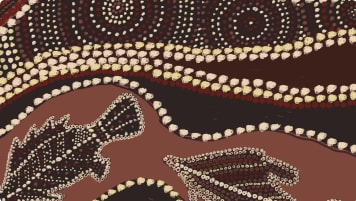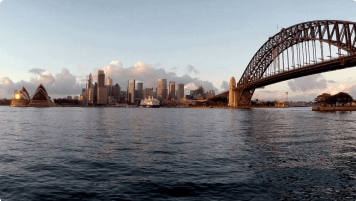Ancient Aboriginal Shell Trade
Shells, ochre, pituri, stone axes and food where all part of an intricate set of trading routes followed to bring goods and IT to market by the Aboriginal people across Australia. Read more to learn understand in preparation for joining a small group tour for mature and senior travellers.
5 Jul 21 · 8 mins read

Ancient Aboriginal Shell Trade
By Marco Stojanovik
Baler and pearl shell ornaments played a key role in the history of distant trading relationships across ancient Aboriginal Australia and remain an important part of many Aboriginal cultures today. Prior to the European colonisation of Australia, trade was a central part of life. A vast network of well-established trade routes criss-crossed the continent, dispersing goods, information, technologies and culture thousands of kilometres away from their origins.
Both baler shells from the coasts of north-eastern Australia and pearl shells from the West Kimberley region in the north-west part of Western Australia moved vast distances from tribe to tribe along these routes. Highly valued, they were used for a variety of practical and ceremonial purposes.
This article explores the shells’ cultural and spiritual associations, and their respective trades across Australia. It is intended as practical knowledge for a number of Odyssey Traveller small group tours in Australia, part of a continuing series of pieces on Aboriginal art, culture, trade and settlement. An appreciation of Indigenous activity is recognised as an important facet of learning in our tours for mature and senior travellers, a part of our commitment to understanding and sharing our knowledge of the history, culture, and landscapes of Australia. Much of the information used for this article is drawn from Dale Kerwin’s Aboriginal Dreaming Paths and Trading Routes, as well as sources linked to throughout the article.

Baler Shells
The northern baler shell has a smooth-surface coloured a pale orange, with a decorative irregular brown pattering, and a glossy-cream interior. Historically, they have been highly valued by Aboriginal people, who used them in various ways, including to scoop or bail out their boats (hence the name baler shell), to store water, as cooking vessels, for the ends of spear throwers, and as highly prized ornament pendants.
For the ornaments, the baler shell was chipped and ground to form an ovate shape up to 12cm long and then suspended by a string. The ornament may or may not have also been decorated on the concave face. They were manufactured by coastal tribes in the Princess Charlotte Bay area and northwards in north-eastern Australia.
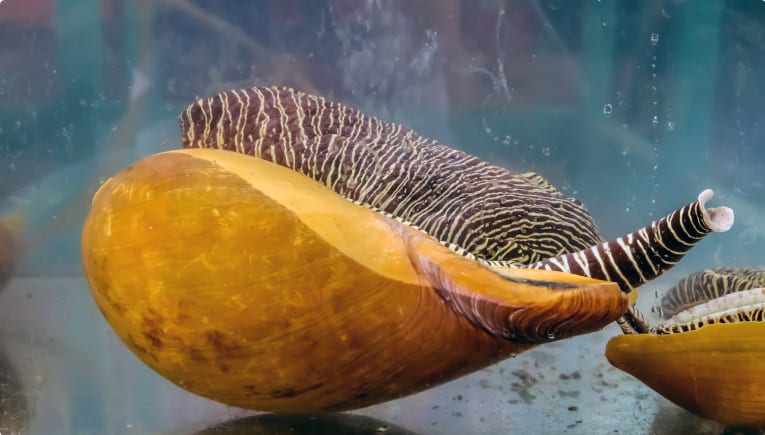
The Baler Shell Trade
Research and discovered artefacts suggest the baler shells travelled from their places of origin along extensive routes to trading centres, such as Lake Nash and Camooweal, to be exchanged for materials with practical purposes. Ironwood spears, wooden shields, boomerangs, fishhooks, Spinifex gum resin, ochres, string made from human air, stone for grinding dishes, and axe heads were all common items of trade.
The diffusion of the shells into the interior of Australia was of a rapid and extensive nature (McCarthy 1939: 95; Kerwin 2010: 100). Shell pendants have been found on rock walls as far south as the Carnarvon Ranges near Rockhampton in Queensland, believed to have been traded along the Pituri Road. Specimens have also been collected in South Australia, and it has been reported that they were even traded into Western Australia.
The further south they were traded from their place of origin, the more their value increased. Kerwin (2010: 99) explains, “Material culture, like shell pendants, served a largely decorative function in their homelands, but became prized objects that took on a sacred meaning in locations hundreds of kilometres from their place of origins,”
Passed along a long chain of contact between Aboriginal groups, they acquired a ritual significance. Some, for example, were used in rituals some 1,600km away from their origins in the Gulf of Carpentaria. In the interior of the country, they were worn only by initiated men to signify status and were also used in sorcery.
Pearl Shells

The Kimberley coast was renowned for its pearl shell ornaments. Harvested offshore at very low equinox tides, Aboriginal groups then opened and cleaned the shells, before shaping them and piercing one to three holes from which to suspend string.
These ornaments were somewhat oval in shape, with grounded edges, and varied from two to eight inches in length. Some shells, known as guwan in the Bardi Jawi language, were not engraved. Most were though, the large flat shape of the shell serving as a canvas. These shells, known as riji, were incised on their lustrous inner face, sometimes filled with ochre or charcoal for colour.
The lines that were carved into the shell were known as ramu and were either geometric patterns or sacred figurative patterns depicting traditional meanings and stories, handed down over the generations for thousands of years. The designs also carried gender and age-restricted esoteric meanings and could vary depending on the level of one’s initiation. This means that it may have had one meaning while in public but also a secret private meaning as well.
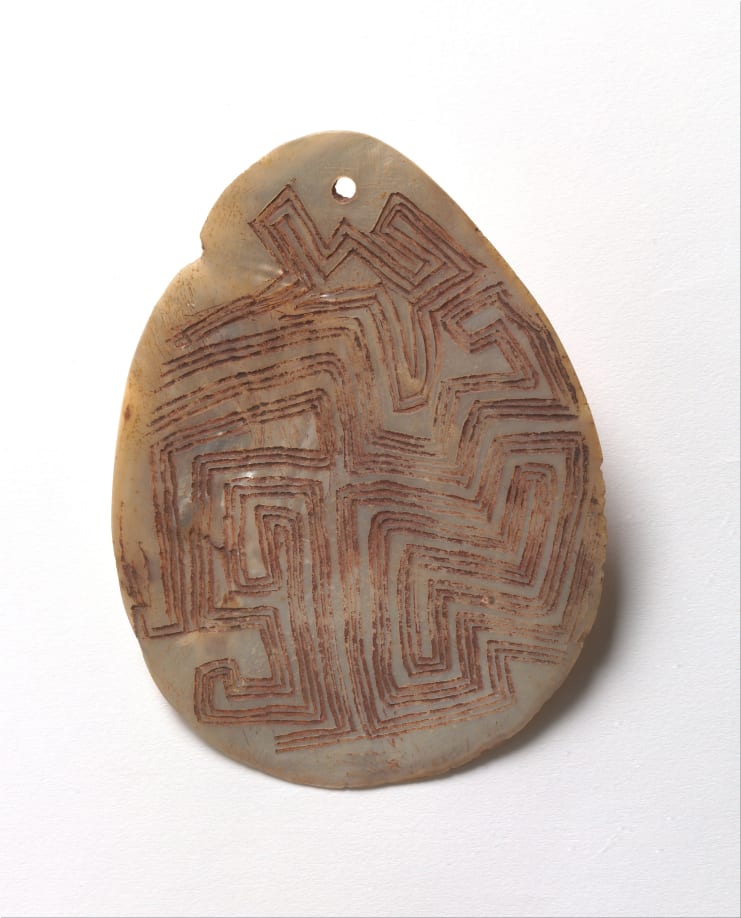
Some constant themes, though, are the symbolisations of water, tidal marks, and lightning, all associated with the luminous shimmering surface of the shell. The light which reflects off the surface is connected to lightning flashes that herald rain-bearing clouds, as well as the light flashing off the checks of the Rainbow Serpent, who is closely linked to water and rain, and manifested as a rainbow.
In this way, the shell is also connected to spiritual powers and healing. It is said to reflect the physical and spiritual well-being flowing from the Ancestral creation period, and has been described by the Bardi Jawi people as ‘an emblem of life itself’, with the seasonal re-awakening of the land that comes with rain after dry periods ‘embodied in the shell’.
In a ritual context, Powerful spiritual men would thus wear the pearl shells to symbolise strength and good health and to release the power of the Rainbow Serpent for rain making purposes. They also used it to determine who was guilty of a crime, attract women, or help heal the sick.
The shells were given to young Aboriginal men in initiation ceremonies to mark their transition to adulthood. The shells were then worn by the initiated men at formal events such as ceremonies to celebrate country and traditions, with the markings on the shell representing the level of initiation attained.
These were the larger shell and were worn as a public covering attached by belt of human hair. Smaller shells were also worn as a necklace or tucked into headbands by both men and women as informal weal.
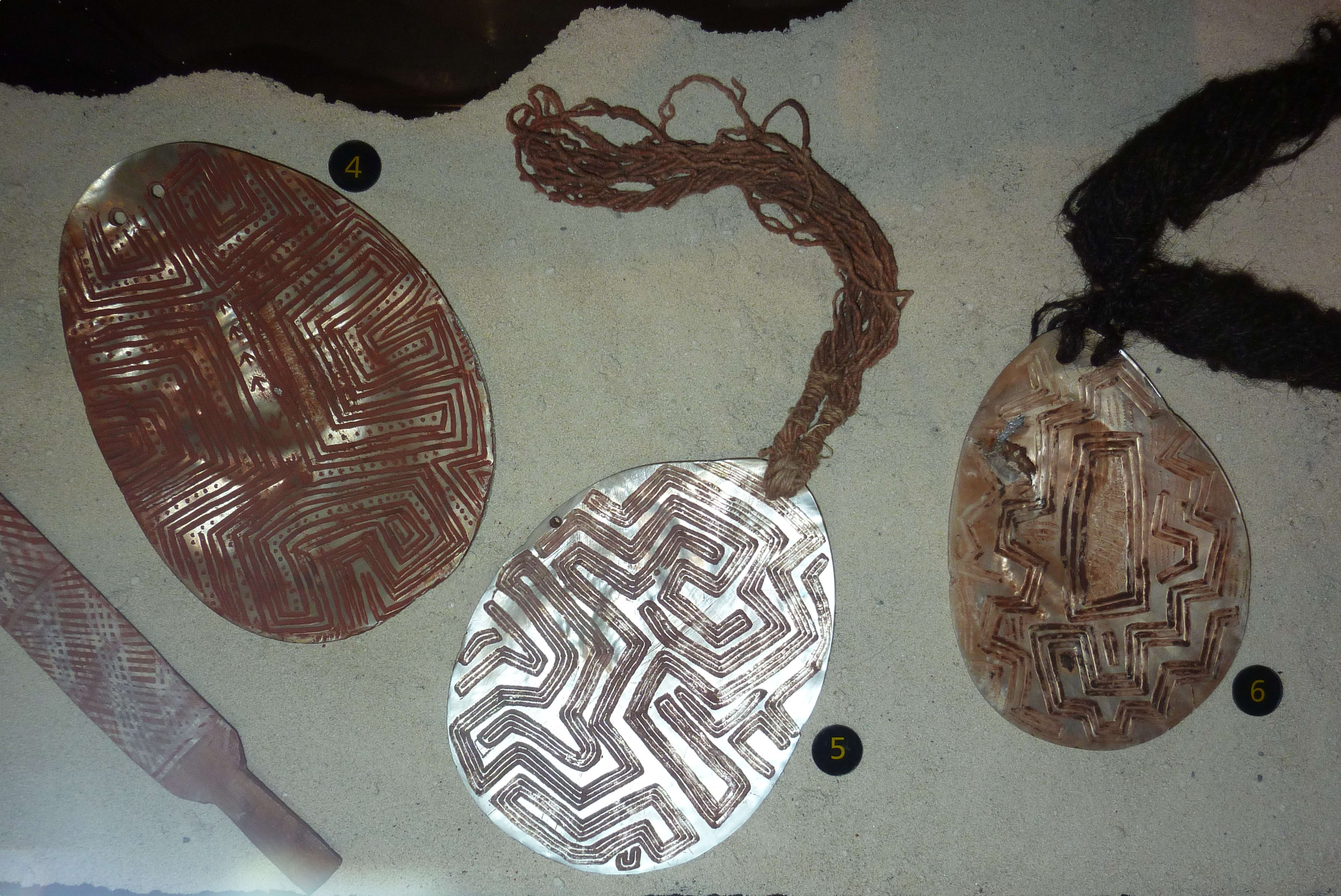
The Pearl Shell Trade
The pearl shells were highly prized, traded along traditional trade routes over vast areas of the continent (Kerwin 2010: 98). From the Kimberley coast, they travelled to southern parts of Western Australia, south-east Arnhem Land in the Northern Territory, central Australia, western Queensland, and South Australia, as far south as the Great Australian Bight, over 3,200 km away. Some claim they may have even reached as far as the Mallee in western Victoria and eastern South Australia.
In all, they were one of the most commonly and widely traded items in pre-European Australia. They would be traded for goods that could not be procured locally such as raw materials like red ochre, spearheads, spears, and boomerangs. Broadly valued, they commanded a high price: one single shell was even observed to have been traded for a large bungle of spears, several spear-throwers, and many headbands (Kerwin 2010: 99).
Often it was the plain shells (guwan) that were traded, to be later decorated with unique traditional designs. Inland groups used the pearl shells for their own important ceremonial purposes, taking on different significance from region to region (Kerwin 2010: 99). They may have been in initiation ceremonies or circumcision rituals, as magical devices like love charms, or as a tool for making rain (especially valued by desert groups).
Continued Traditions
Today, Salt Water people (Aboriginal people who live by the ocean) still collect, clean and shape pearl shells, which continue to hold an important Indigenous cultural and spiritual value. Both guwan and riji are still used in dance and ceremony and traded as prized items in Aboriginal exchange networks across much of Australia. The shells are still a vital element in Central Desert rainmaking ceremonies, for example.
So too are they vital in initiation ceremonies along the Kimberley and Pilbara coasts. In these places, the act of carving, and of wearing or holding riji, especially for the first time as an adult, remains a powerful boost to an individual’s physical, emotional, and spiritual well-being. These acts celebrate tradition and emphasise belonging, linking individuals with their ancestors, culture, country and stories.

Pearl shell carving has also become a contemporary artistic tradition, as is explained on the Western Australian Museum’s website:
“Highlighted with natural ochres, the carved pearl shells of the Kimberley coastal artists, present realistic drawings that tell the story of country and of historical experiences, and are now found in ethnographic and art collections around the world.”
Artists, such as Wossy Davey, and Gary and David Sibosado, continue to carve the old designs but also create their own cultural interpretations on their shells. Their etched designs have also been transformed into print media such as etchings and other graphic design.
Similarly, in the Torres Strait Islands, another important and rich location for pearl shells, they continue to be a key material for artists. Torres Strait Isalnder people use the shells to create items central to ceremonial performances, such as headdresses, masks, headbands, necklaces, breast ornaments and armlets. Key contemporary artists here include Richardo Idagi, Obery Sambo and George Nona.
Tour of Aboriginal Australia
Travellers with an interest in learning more about the Aboriginal heritage of Australia may want to check out our various outback Australia tours.
These include visits to:
- Archaeological sites including the Madjedbebe rockshelter and the extensive collection of ancient Aboriginal rock art at Kakadu National Park as part of our tour of Kakadu and Darwin
- The ancient indigenous sites including Lake Mungo and the Budj Bim Cultural Landscape as part of our tour of the Southern States of Australia;
- The important cultural site of Wilpena Pound on our tour of the Flinders Ranges;
- The ancient rock art in the Kimberley, Western Australia;
- The Brewarrina Fish Traps in outback Queensland;
- Uluru and Kata Tjuta in the Northern territory.

Every Odyssey guided tour is designed especially for mature and senior travellers, who want an authentic and informed experience of their destinations. Our tours aren’t the typical tourism Australia holiday – Blue Mountains, the Great Barrier Reef, and the penguin parade on Port Phillip Island. Instead, we pride ourselves on getting of the beaten path and making you think about Australia and New Zealand in new ways. We move in genuinely small groups – usually 6-12 per tour – and all tours are cost-inclusive, encompassing accommodation, attraction entries, and transport. For more information, click here, and head to this page to make a booking.
Articles about Australia published by Odyssey Traveller:
- The Kimberley: A Definitive Guide
- Uncovering the Ancient History of Aboriginal Australia
- Aboriginal Land Use in the Mallee
- Understanding Aboriginal Aquaculture
- Mallee and Mulga: Two Iconic and Typically Inland Australian Plant Communities (By Dr. Sandy Scott).
- The Australian Outback: A Definitive Guide
- The Eyre Peninsula: Australia’s Ocean Frontier
- Archaeological mysteries of Australia: How did a 12th century African coin reach Arnhem Land?
For all the articles Odyssey Traveller has published for mature aged and senior travellers, click through on this link.
External articles to assist you on your visit to Australia:
- John Mulvaney: ‘… these Aboriginal lines of travel‘
- Queensland Historical Atlas: Aboriginal dreaming paths and trading ways
- National Museum Australia: Trade with the Makasar
- Fish traps and stone houses: New archaeological insights into Gunditjmara use of the Budj Bim lava flow of southwest Victoria over the past 7000 years
- Isabel McBryde: Exchange in south eastern Australia
- Shells, not pearls, were the real prize in traditional Aboriginal culture
- Aboriginal Trade in Ancient Australia
We acknowledge Aboriginal and Torres Strait Islander peoples as the First Australians and Traditional Custodians of the lands where we live, learn and work. We pay our respects to Elders past, present and emerging.
Related Tours

13 days
May, Jun, Jul, Aug, SepSmall group tour of Australia's Kimberley
Visiting Western Australia
Escorted small group tour of the Kimberley. We explore and visit The Bungles, Bell Gorge, Mitchell plateau & Halls Creek in the dry season. Amazing landscapes intertwined with Aboriginal communities resident more than 45,000 years.
From A$15,390 AUD
View Tour
days
Jun, Jul, Sep, Feb, Mar +1Darwin and Kakadu small group tour
Visiting Northern Territory
Explore and learn as part of a small group tour for seniors on this package tour to Darwin and Kakadu National park, a UNESCO world heritage site. This program also visits Arnhem land. Our focus is on ecology, landscapes and history on this 14 day program in the far north of the Northern Territory.

days
Apr, May, Jun, Jul, Aug +3Small group tour exploring Alice Springs and Uluru-Kata Tjuta National Park
Visiting Northern Territory
Explore and learn about historic Alice Springs, The MacDonnell ranges, and Uluru-Kata Tjuta National Park. This escorted small group tour for mature and senior travellers, travelling as a couple or solo travellers also visits the Hermannsburg Lutheran mission plus Henbury meteorite site learning about the Aboriginal outback and contemporary art.

days
Apr, Jun, Aug, Nov, Mar +2Exploring Alice Springs and Uluru-Kata Tjuta National park by Motorbike
Visiting
Explore on a Motorbike tour in the Outback and learn about historic Alice Springs, The MacDonnell ranges, and Uluru-Kata Tjuta national park. This escorted small group Motorbike tour for mature and senior travellers, travelling as a couple or solo travellers also visits the Hermannsburg Lutheran mission plus Henbury meteorite site learning about the Aboriginal outback and contemporary art.

days
Mar, May, Aug, Sep, Oct +2Small group tour of World Heritage sites and more in the Southern States of Australia
Visiting New South Wales, South Australia
Discover the World Heritage Sites of the southern states of Australia travelling in a small group tour. A journey of learning around the southern edges of the Murray Darling basin and up to the upper southern part of this complex river basin north of Mildura. We start and end in Adelaide, stopping in Broken Hill, Mungo National Park and other significant locations.

days
Feb, Mar, May, Jul, Sep +2Guided small group motorcycle tour of World Heritage sites in Victoria and South Australia
Visiting
Discover the World Heritage Sites of the southern states of Australia travelling in a small group tour of like minded motorcyclists. A journey of learning around the southern edges of the Murray Darling basin and up to the upper southern part of this complex river basin north of Mildura. We start and end in Adelaide, stopping in Broken Hill, Mungo National Park and other significant locations.
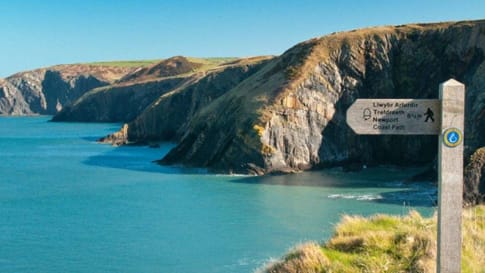
13 days
AugExploring Wales on foot : small group walking tours for seniors
Visiting Wales
A Walking tour of Wales with spectacular views across as you walk the millennial path across the Irish sea or up in Snowdonia national park. This guided tour that provides insight into the history of each castle visited and breathtaking scenery enjoyed before exploring the capital of Wales, Cardiff with day tours of Wales from Cardiff. For seniors, couples or Solo interested in small groups.
From A$11,895 AUD
View Tour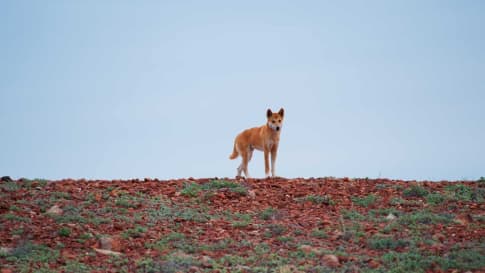
days
Apr, May, Jul, Aug, Oct +2Small group tour of Australia's Flinders ranges
Visiting South Australia
Escorted small group tour of the Flinders range in South Australia from Adelaide. Learn about Coober Pedy, Wilpena pound and water system of Lake Eyre as we explore and learn also about the history of the people who explored the Flinders.
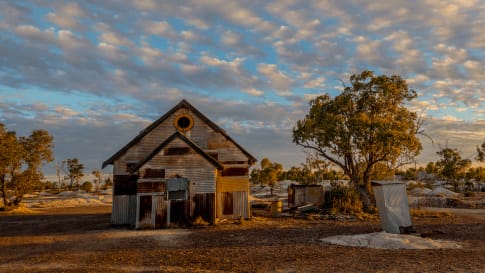
days
Mar, Apr, May, Jul, Aug +2Small group tour of outback Queensland
Visiting New South Wales, Queensland
To Dubbo and back, this small group tour takes you to learn about the Brewarrina fish traps, we travel high up into North Queensland to see the Dinosaurs of Winton and incredible Aboriginal rock art at Cathedral gorge and learn about opal mining and the history of Lightning ridge.
Related Articles
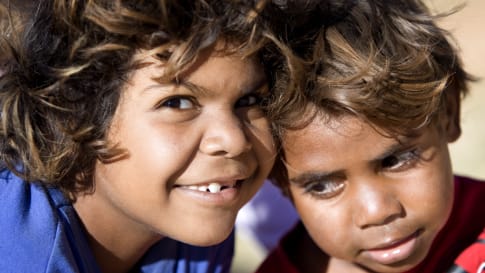
Aboriginal Kinship systems
Article about Aboriginal kinship to assist small group tours in Australia understanding Ancient aboriginal society and the contemporary view. Kinship influences the relationships including aboriginal trading routes.
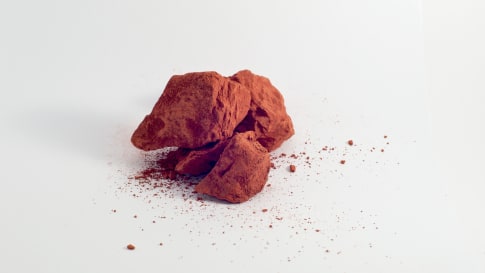
Aboriginal Ochre Trade
Article for small group travellers to learn about ochre in the historic Aboriginal community of outback Australia. Mature and senior travellers explore the deep history and trading routes of Aboriginal History.

Aboriginal Songlines
Songlines trace the journeys of ancestral spirits who created the land and all natural phenomena. The creation stories as well as practical knowledge needed for survival in outback Australia. We experience this knowledge on our small group tours into Outback Australia.

Ancient Aboriginal trade routes of Australia
Ancient Aboriginal trade routes of Australia Trade was a central part of life for Aboriginal people prior to the British settlement of Australia. Trading routes criss-crossed the nation, dispersing goods, information, technologies and culture thousands…
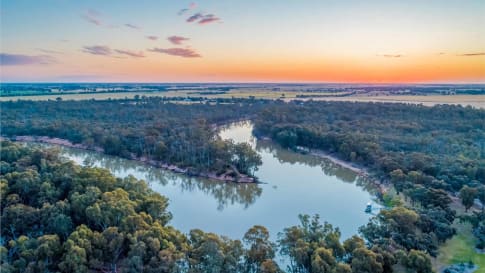
Appreciating Australian River Systems
Appreciating the linking of the river network into the Australian, history, culture and landscape on a small group tour for mature and senior travellers of couples or solo travellers is an integral part of understanding the continent of Australia and Aboriginal settlement.
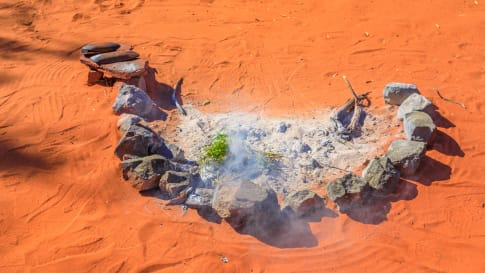
Australian Aboriginal Paths of Migration
Article for small group tours of mature or senior couples or solo travellers interested in learning more about Aboriginal history, Kinship, trading routes, songlines and ancient history.

Contemporary Aboriginal Paintings
Article introducing contemporary aboriginal art to mature and senior travellers taken a escorted small group tour into Outback Australia's Northern Territory, Kimberley, Queensland, New South Wales or South Australia seeking to learn about Aboriginal history and culture.
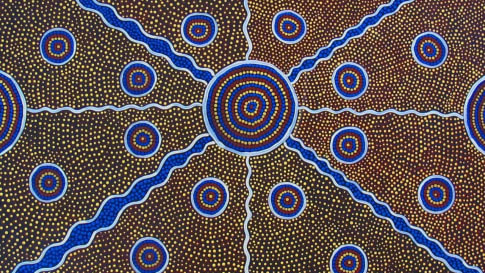
Historical Aboriginal Marketplaces
Article about Aboriginal history and trading routes and marketplaces in outback Australia. Supporting small group tours for senior and mature couples and solo travellers.

How was Pituri Traded in Ancient Aboriginal Australia?
Article highlighting the ancient Aboriginal trading routes for goods and intellectual property including Pituri. This supports Odyssey's small group tours for mature and senior travellers, couples or singles interested in learning more about Aboriginal culture before touring.
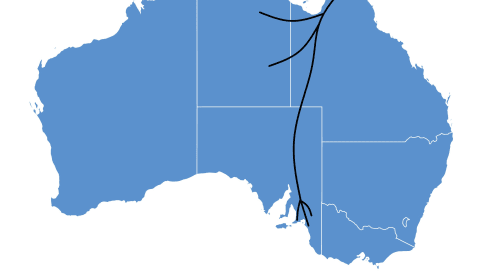
Key Aboriginal Trade Routes of Ancient Australia
Learn about the ancient trading routes that pre-dates the Silk road in this article to support small group tours for mature and senior travellers, couples and solo travellers. The routes developed technology and goods trading across the continent.
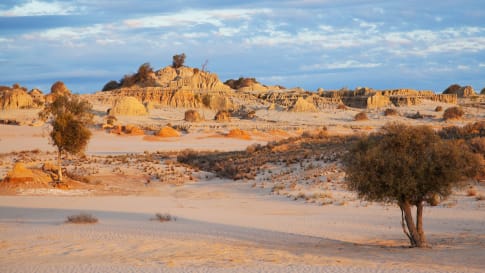
Mungo Man and Mungo Lady, New South Wales
Part of a small group tour of World heritage sites on Victoria, NSW & South Australia for mature and senior travellers. Learn and explore in the Mungo National park about Aboriginal settlement and the fauna and flora of this National park.
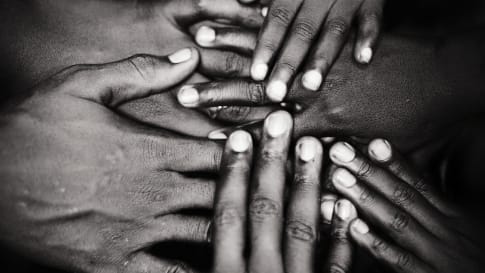
Ngangkari: Traditional Aboriginal Healers of Central Australia
Article about Aboriginal healers of central Australia. Article for seniors for a small group tour couples or solo travellers exploring outback Northern Territory. This is a series of articles on aboriginal communities, kinship, songlines and trade routes.
